Genetic testing is used to help us find out more about our ancestors, our bodies and to cope with or prevent different diseases. Nowadays, DNA testing is available everywhere, and some people are even entertaining the possibility of online evaluation. In this article, we are going to give you more information about the genetic inspection, and how accurate is a DNA test.
What are DNA tests?
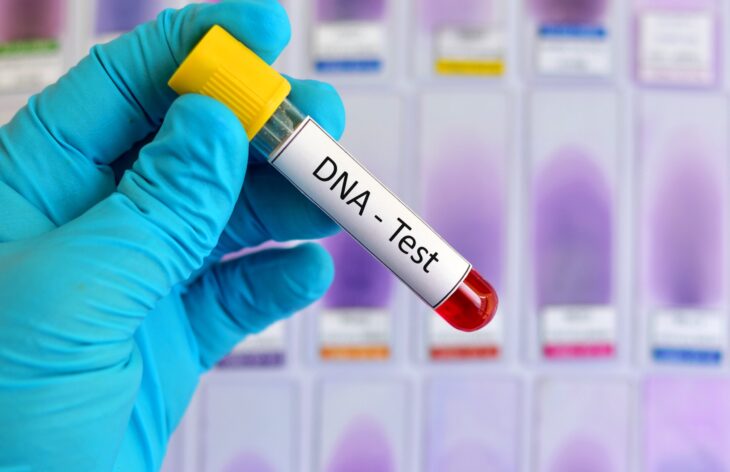
Source: WebMD
Our bodies are made of trillions of cells, and the deoxyribonucleic acid controls how those cells function. In the DNA we have sequences of codes that determine everything that was passed down from our parents and ancestors.
To get checked, you have to submit saliva or a swab from your cheek so that the scientist can isolate the deoxyribonucleic acid, examine it, and compare it to other samples. Nowadays, in the labs, scientists use genotyping chips and get all the needed information about you, the traits you have, possible hereditary diseases, and, of course, your roots and origins.
Why are they used?
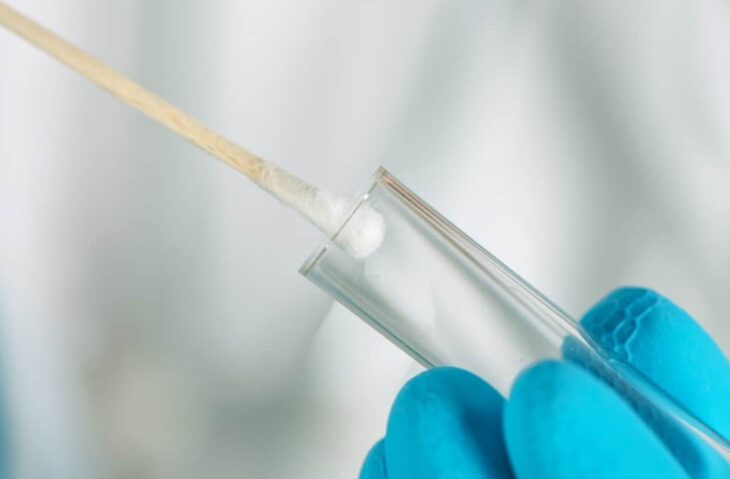
Source: The South African
Nowadays there are many different uses for DNA tests. One of the most common ones is determining if we are more or less likely to develop a hereditary disease. This will help us find the right treatment on time, cope with the symptoms, or possibly delay the signs and the overall condition.
The diagnostic can also determine if you are suffering from a hereditary disease, like Diabetes, and it can help determine the right course of treatment. There are a lot of conditions that have to be differently treated depending on the fact if they are hereditary or not.
Many young couples undergo these examination procedures to find out if their future children are more or less likely to have a genetic disease, and these checks can tell you if there is a mutation in your DNA that could possibly lead to a genetic disorder.
Continue reading if you want to learn more about the paternity examinations, and how we can find out biological parents and ancestors, and we will also tell you more about the genetic disorders and how deoxyribonucleic acid helps us prevent them for the future generations.
Paternity
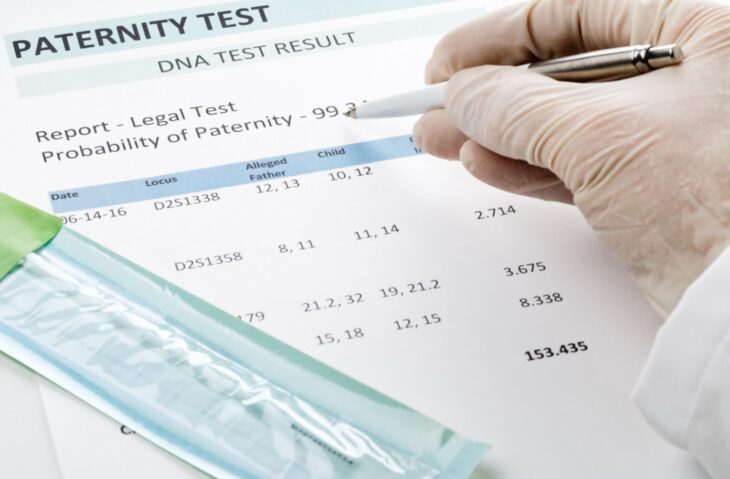
Source: ReliaLab Test
When the large population first heard about DNA tests, they were commonly used to find out who the parents of the children are. Paternity checks are used all over the world, and the procedure involves examining the deoxyribonucleic acid of both the father and the child.
It is said that this procedure is one of the most accurate ones, and the results you will get are either 99% or 100% accurate. With this procedure, many things are resolved and people are not only able to find their birth parents, but they are also able to connect with long lost relatives and ancestors. According to thednatests.com, you can use science to track many generations that came before you and to see what your original nationality is, and find the regions from where you come.
As you already know, there are many unfortunate cases where siblings are separated at birth, and years later, they try to look for each other and connect. With these checks, it is a lot easier for us to determine if we share the same roots as someone else, or we just have similar facial features.
Health
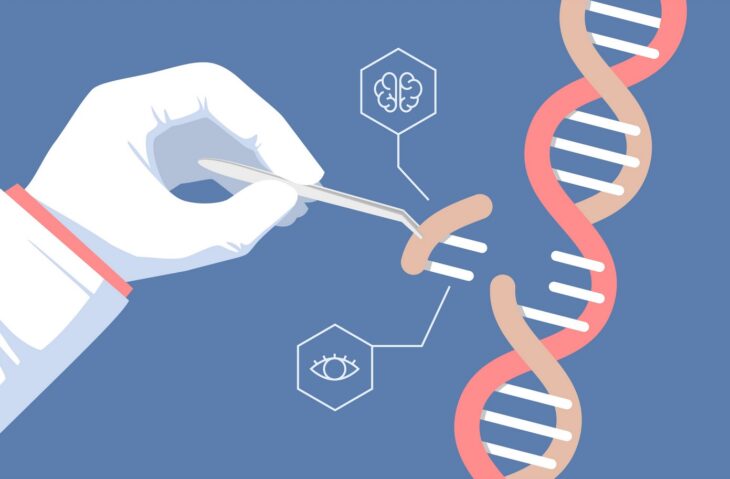
Source: Docwire News
Many people believe that this type of analysis is most commonly used to find out who the father is. With the advancement of medicine, nowadays we use this type of testing to find out extremely important information that can save our lives.
There are hundreds of different diseases that are genetic, and if one of the parents has the disease, chances are, the children will have it too. When we learn more about health conditions, it is easier for scientists to prevent diseases, or to look for cures for them.
Genome sequencing has become extremely important, and popular in the last decade, and with it, diseases including Alzheimer’s, multiple sclerosis, different types of cancer, and digestive issues are being studied.
Types of tests

Source: Health 12 Online
There are three main types of analysis that you can get depending on what your goal is. Autosomal checking is used to gather information about genetics. It covers 22 chromosome pairs and with it, scientists can determine if you or your child are more likely to get a genetic disease.
The Y-chromosomal type is only available for men, and they can find out more about their fathers, and the genetics they have from the paternal side of the family. It is the best procedure for ancestral genetic examination.
Last, but not least, we have the Mitochondrial tests are for finding information about your maternal side, including ancestors, possible diseases, and anything else you may want to know about your birth mother, and that side of your family.
How accurate are they?
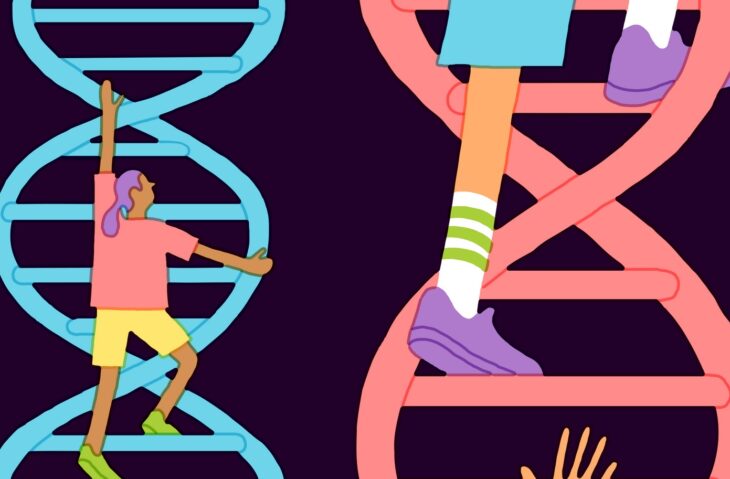
Source: MIT Technology Review
There is no simple answer to this question. It all depends on the type of examination you get, how you use it, and if you are taking it in a well-renowned laboratory or if you are using a home kit. As we mentioned before, there are different types of analysis, and accuracy depends on many things.
When it comes to paternity tests, they are about 100 percent accurate, but the same cannot be said for genetic diseases, especially cancers. Now, scientists are still improving the examination process for different cancer types, and they are still not perfect.
In the future, the whole examination process will be faster, with better accuracy and results. Now, if you want to be 100 percent sure, then you should take several different checks or kits, and talk to your physician about recommending you the right lab for your specific situation.
There are a lot of different providers that will help you learn more about you, your roots, and any conditions you may have. Nowadays the most popular ones include Family Tree DNA, AncestryDNA, 23andMe, MyHeritage, LivingDNA, and TeloYears. Depending on your location, you can talk to your doctor and ask them to recommend the best place, or you can simply make an appointment on your own with any of the providers. The future is in the deoxyribonucleic acid analyzing, and with it, we will have better and longer lives, with less serious health conditions.
